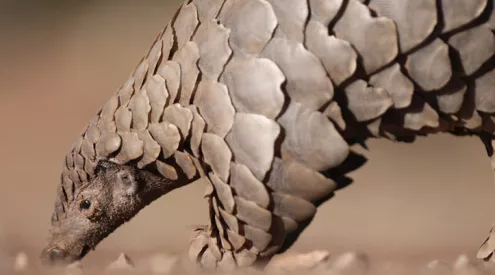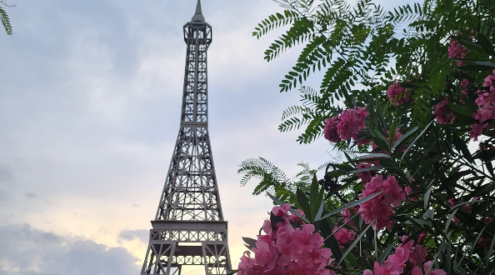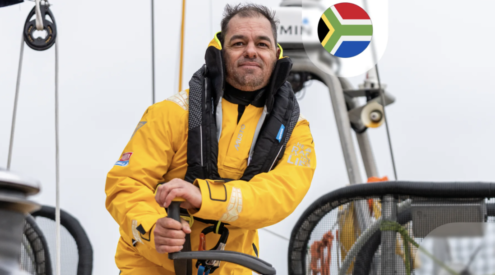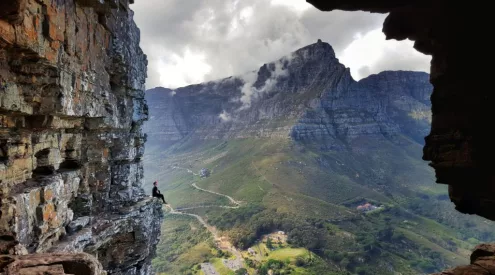Guatemala is proactively attempting to prevent plastics from entering into the ocean from its rivers by using biofences. After videos of Guatemalan rivers filled with plastic waste emerged on the internet, the Central American country’s government vowed to increase waste collection around its rivers.
A biofences is a man-made structure that acts as barrier extending from one river bank to another. Ultimately the biofence blocks floating plastic waste on the river surface preventing it from being carrying further down stream and entering the ocean. The fences are made up of plastic bottles and containers that can float, which are stuffed into mesh netting.
A project on the Motagua River that flows into the Caribbean sea is trailblazing the utilization of biofences. The community within this area are involved in collecting and disposing of the waste that is trapped by biofences. The collected waste is then properly disposed of at recycling plants. Community members involved in the recycling and up-cycling of the waste have created new streams of income for themselves. These members are also involved in beach cleanups.
The biofences have been extremely effective with 60% less rubbish ending up in the ocean from this area, according to World Economic Forum. By committing to correct practices of plastic waste disposal and uplifting the community, Guatemala is pioneering a sustainable way to reduce ocean pollution.
In South Africa there have been drastic amounts of plastic and other pollutants in our rivers. In some instances community members have taken matters into their own hands in order to clean up the waters. South African rivers and communities could benefit in a big way from biofencing.
Can’t believe we’re still hauling over 60 bags of trash PER WEEK out of the #liesbeekriver – People: watch your waste stream, please! pic.twitter.com/t5RWKH6ybw
— FriendsoftheLiesbeek (@Liesbeek) December 14, 2018
Image source: Pixabay
















